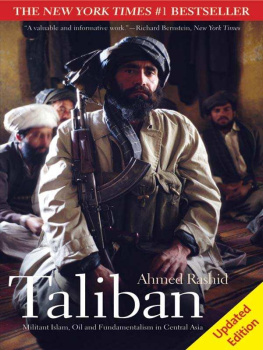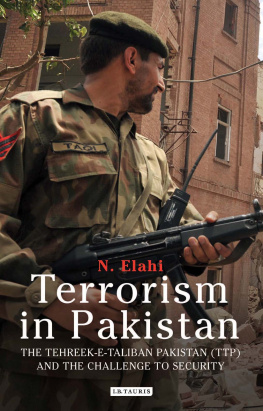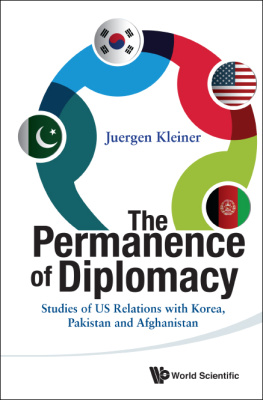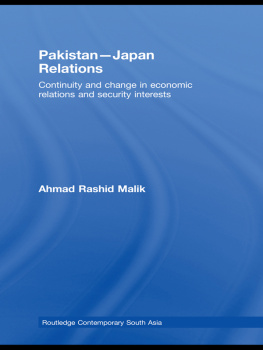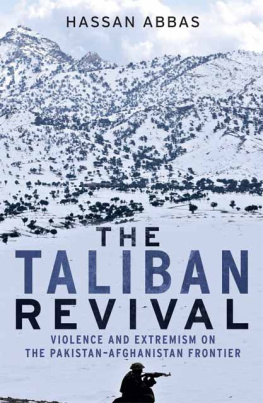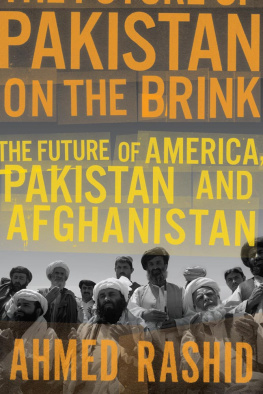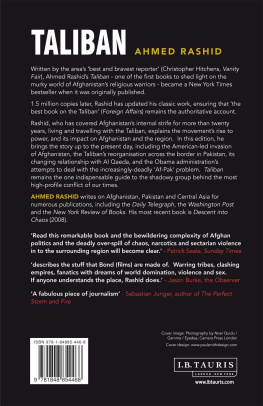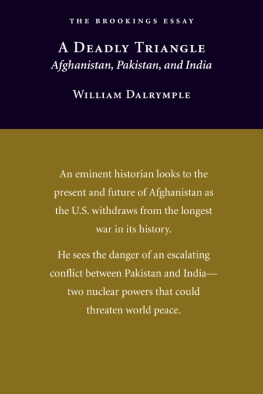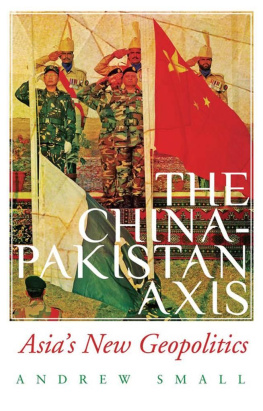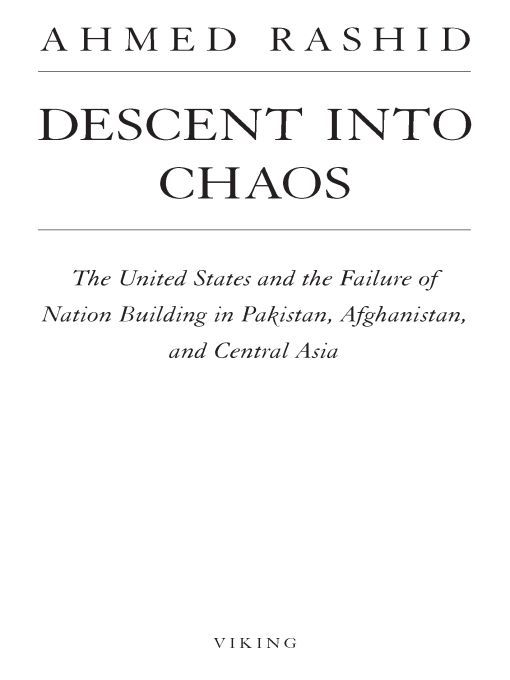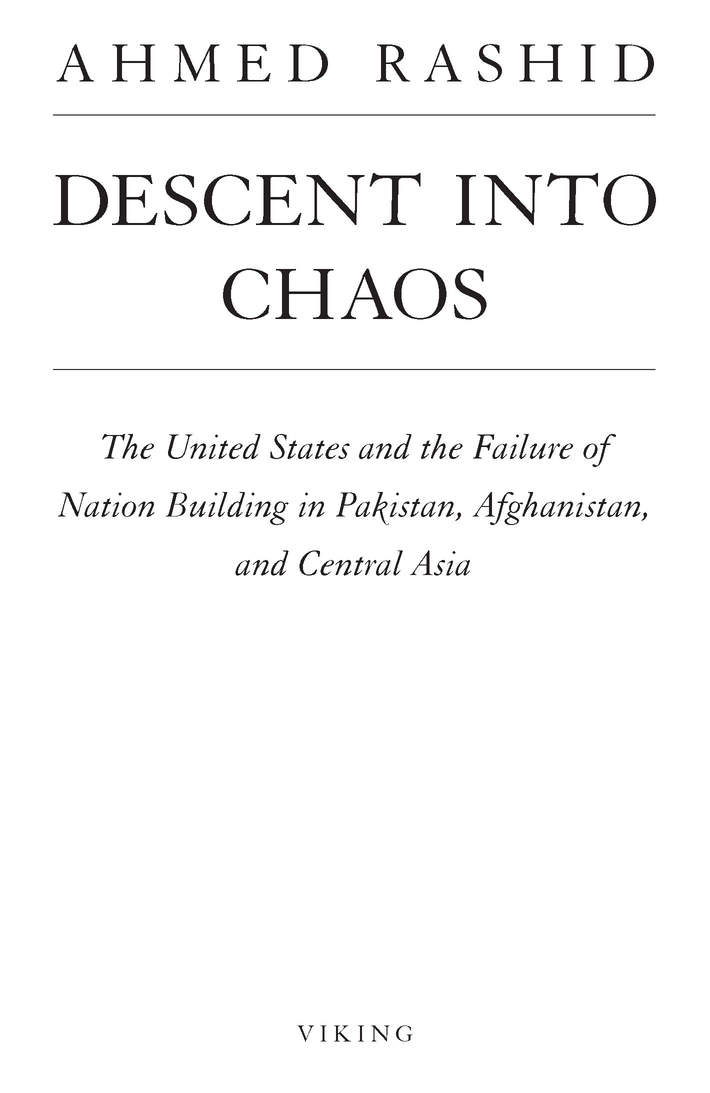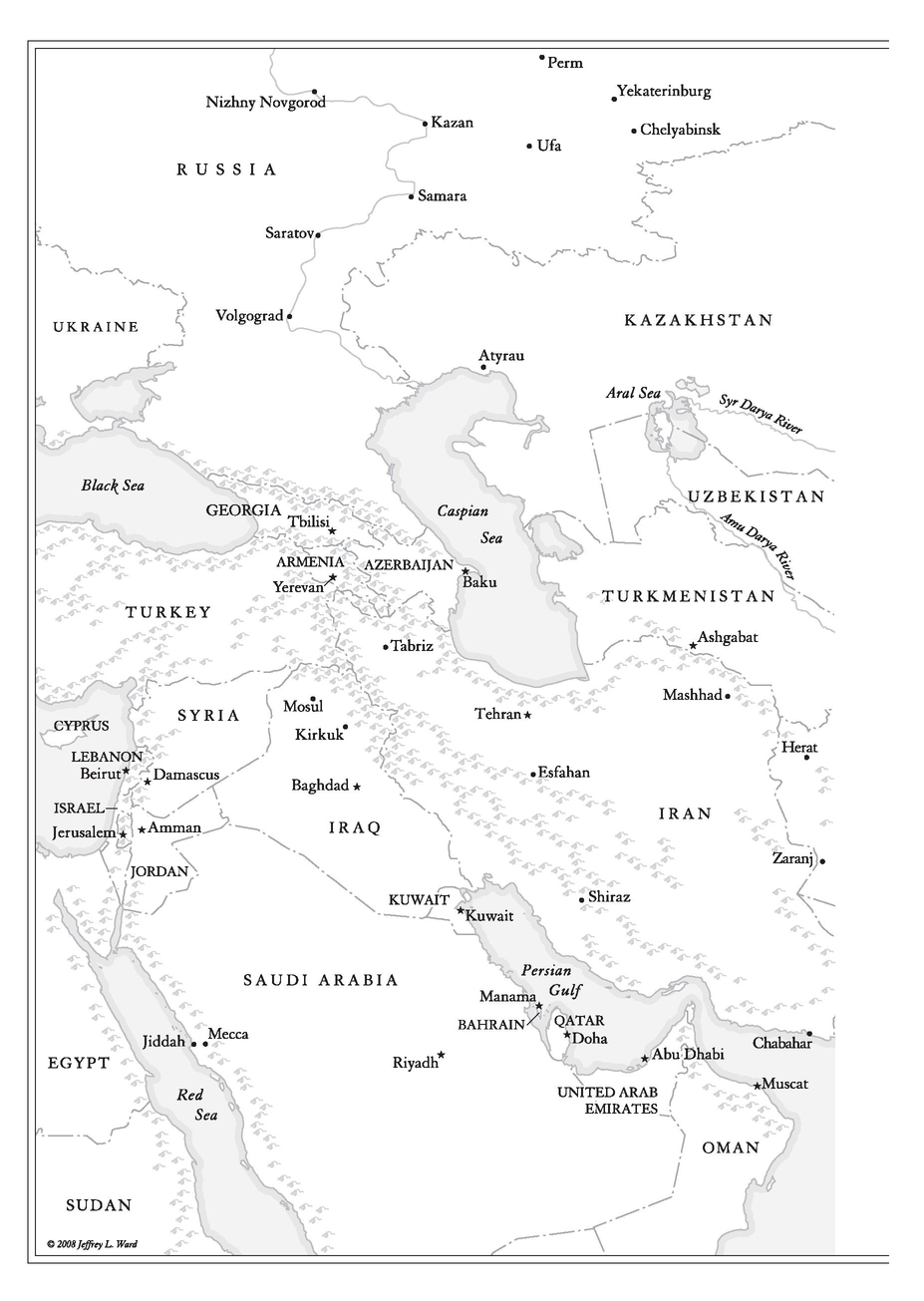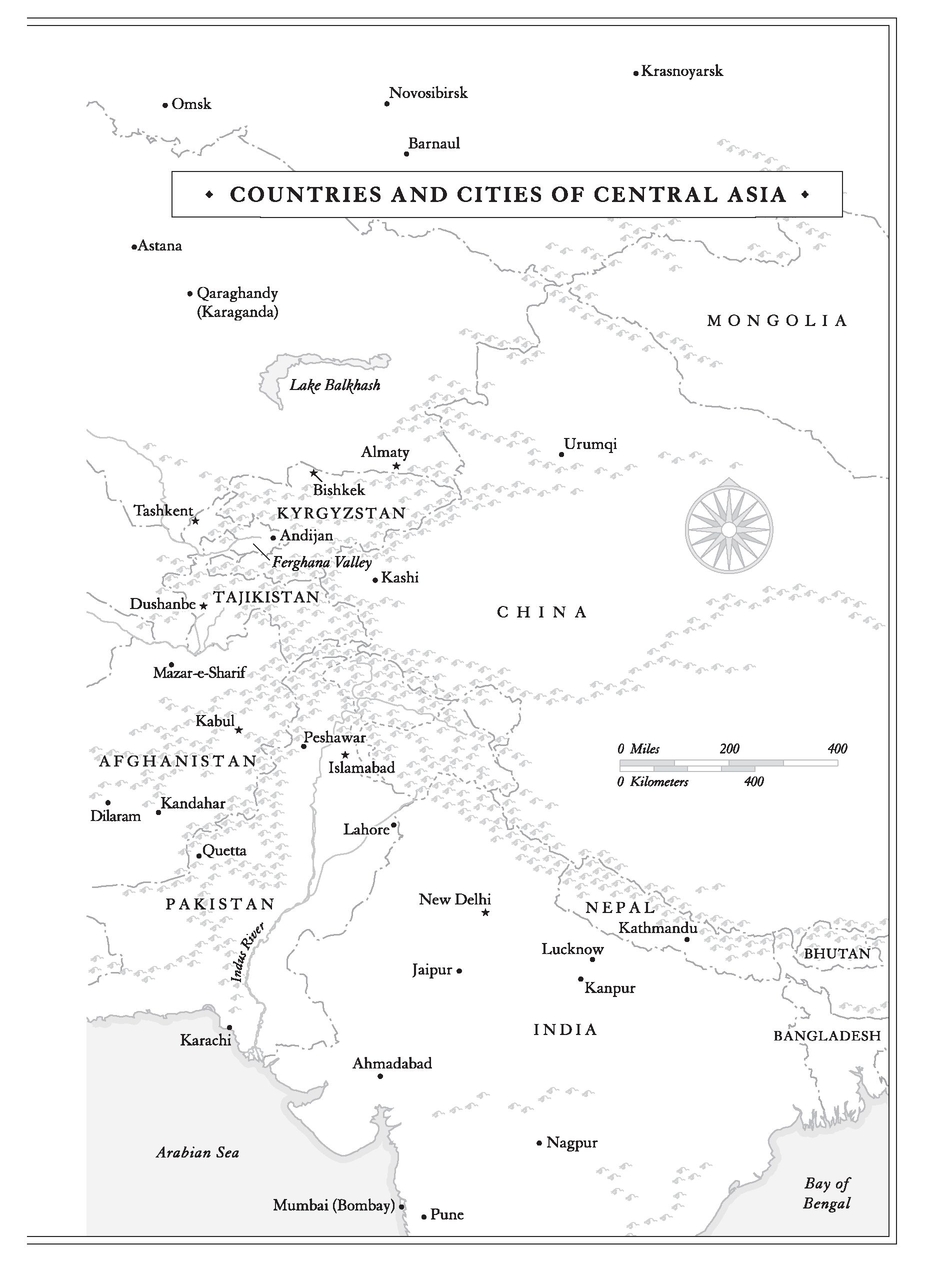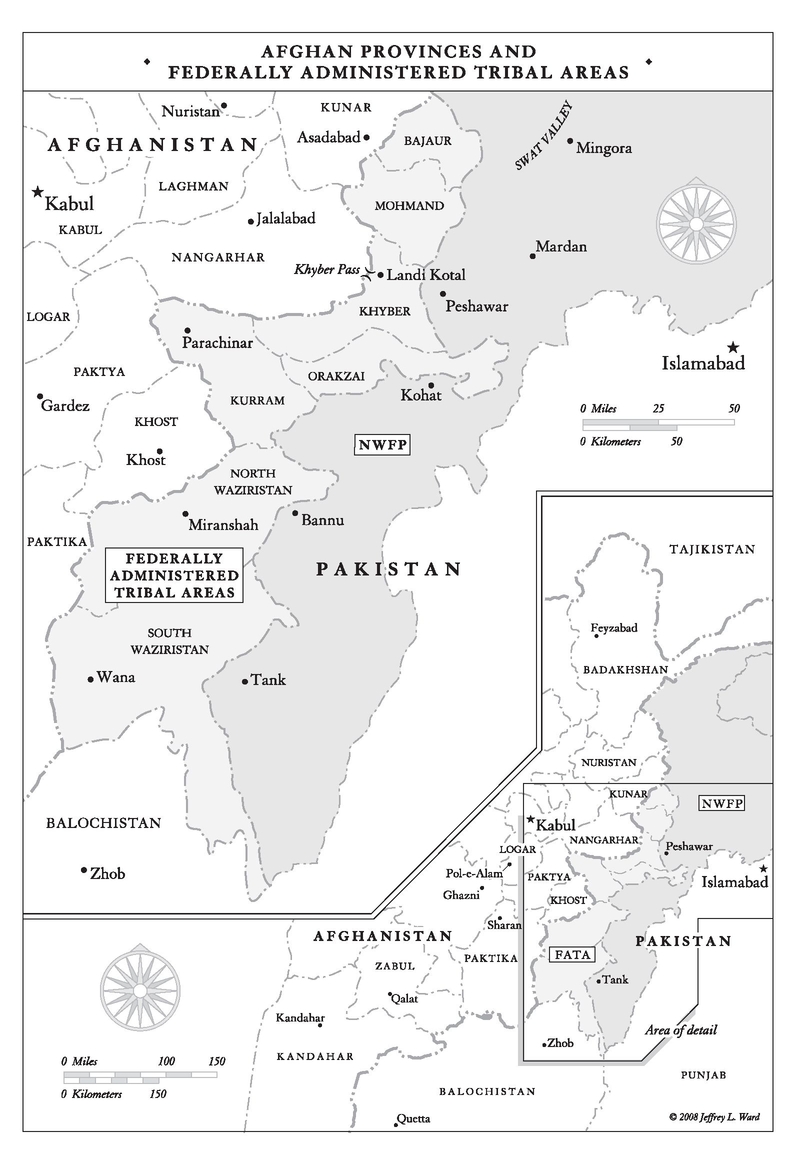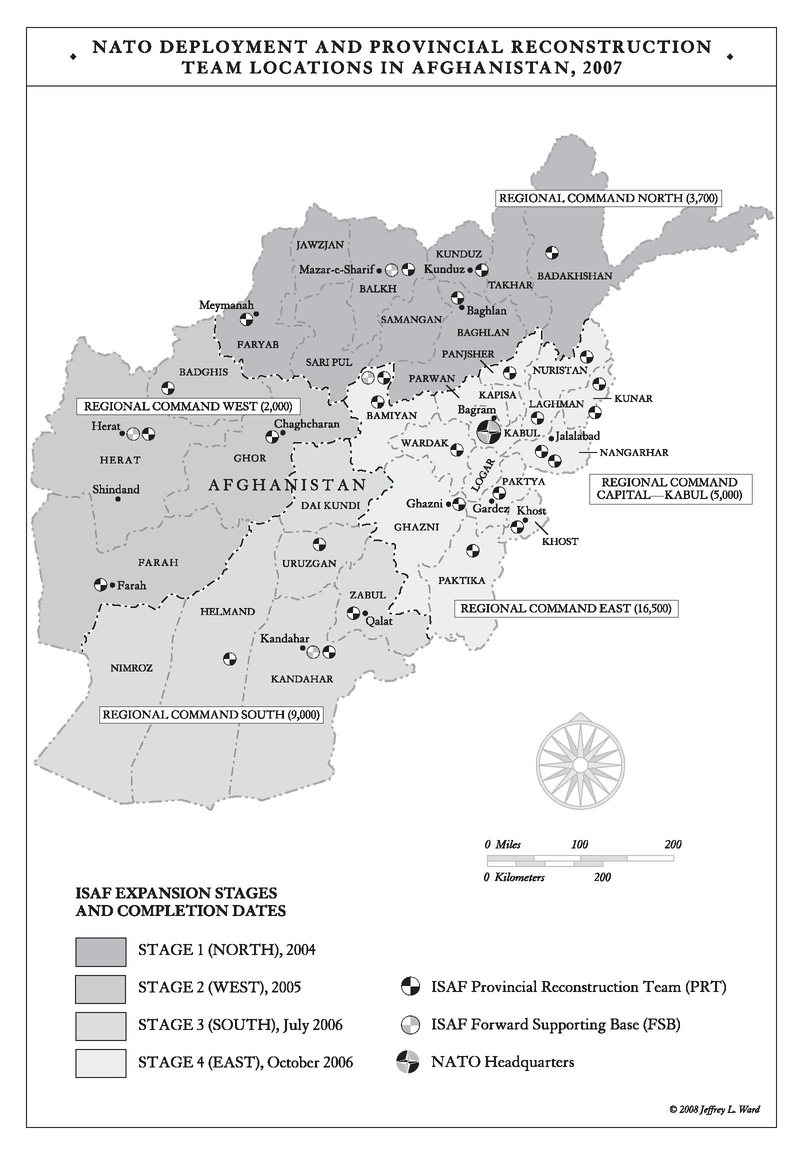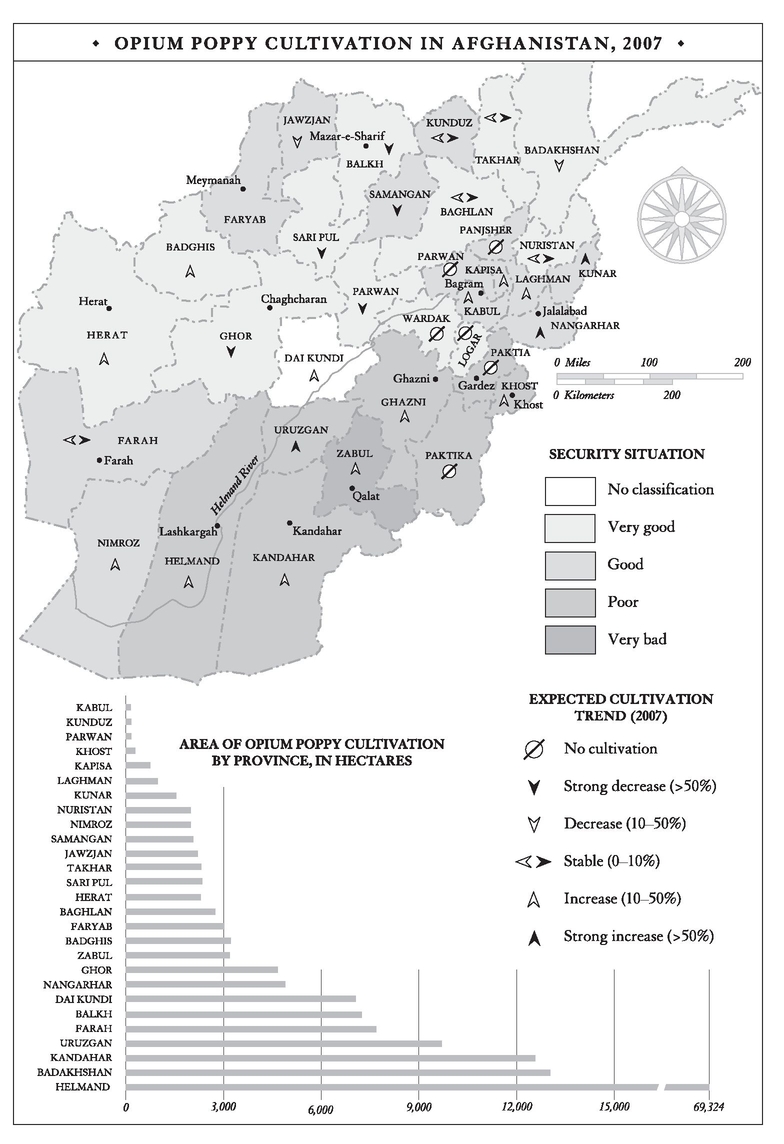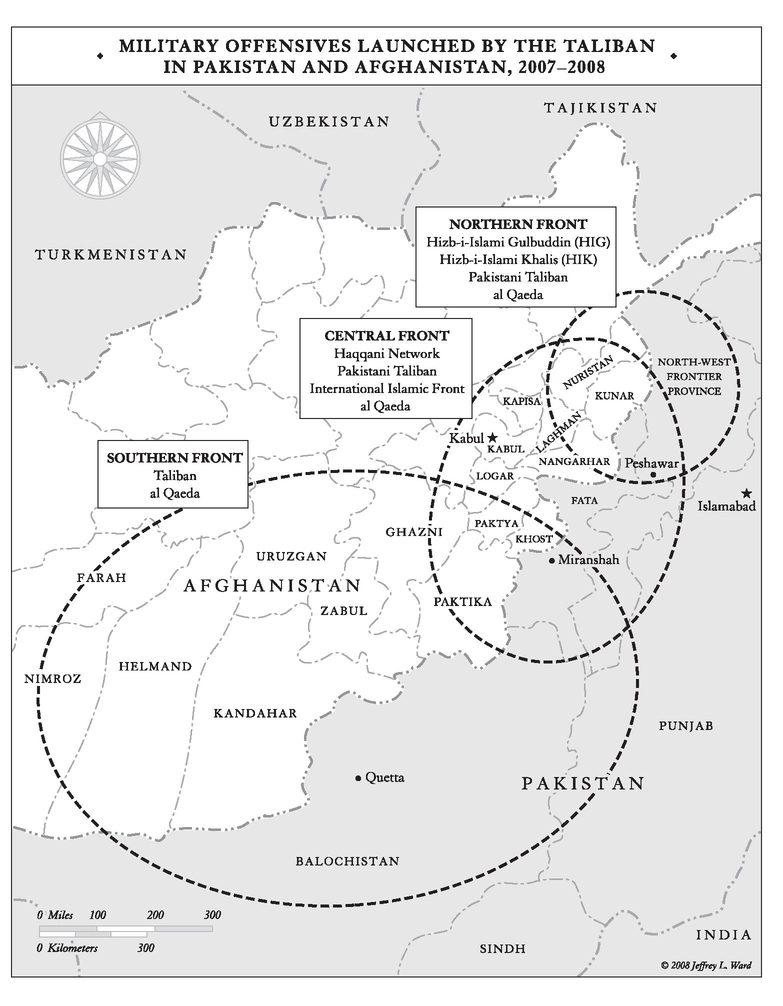Ahmed Rashid - Descent into Chaos: The United States and the Failure of Nation Building in Pakistan, Afghanistan, and Central Asia
Here you can read online Ahmed Rashid - Descent into Chaos: The United States and the Failure of Nation Building in Pakistan, Afghanistan, and Central Asia full text of the book (entire story) in english for free. Download pdf and epub, get meaning, cover and reviews about this ebook. year: 2008, publisher: Viking Adult, genre: History / Science. Description of the work, (preface) as well as reviews are available. Best literature library LitArk.com created for fans of good reading and offers a wide selection of genres:
Romance novel
Science fiction
Adventure
Detective
Science
History
Home and family
Prose
Art
Politics
Computer
Non-fiction
Religion
Business
Children
Humor
Choose a favorite category and find really read worthwhile books. Enjoy immersion in the world of imagination, feel the emotions of the characters or learn something new for yourself, make an fascinating discovery.

- Book:Descent into Chaos: The United States and the Failure of Nation Building in Pakistan, Afghanistan, and Central Asia
- Author:
- Publisher:Viking Adult
- Genre:
- Year:2008
- Rating:3 / 5
- Favourites:Add to favourites
- Your mark:
Descent into Chaos: The United States and the Failure of Nation Building in Pakistan, Afghanistan, and Central Asia: summary, description and annotation
We offer to read an annotation, description, summary or preface (depends on what the author of the book "Descent into Chaos: The United States and the Failure of Nation Building in Pakistan, Afghanistan, and Central Asia" wrote himself). If you haven't found the necessary information about the book — write in the comments, we will try to find it.
Ahmed Rashid is Pakistans best and bravest reporter (Christopher Hitchens). His unique knowledge of this vast and complex region allows him a panoramic vision and nuance that no Western writer can emulate.
His book Taliban first introduced American readers to the brutal regime that hijacked Afghanistan and harbored the terrorist group responsible for the 9/11 attacks. Now, Rashid examines the region and the corridors of power in Washington and Europe to see how the promised nation building in these countries has pro-gressed. His conclusions are devastating: An unstable and nuclear-armed Pakistan, a renewed al Qaeda profiting from a booming opium trade, and a Taliban resurgence and reconquest. While Iraq continues to attract most of American media and military might, Rashid argues that Pakistan and Afghanistan are where the conflict will finally be played out and that these failing states pose a graver threat to global security than the Middle East.
Benazir Bhuttos assassination and the crisis in Pakistan are only the beginning. Rashid assesses what her death means for the region and the future. Rashid has unparalleled access to the figures in this global drama, and provides up-to-the-minute analysis better than anyone else. Descent Into Chaos will do for Central Asia what Thomas Ricks Fiasco did for Iraq offer a blistering critique of the Bush administration and an impassioned call to correct our failed strategy in the region.
Ahmed Rashid: author's other books
Who wrote Descent into Chaos: The United States and the Failure of Nation Building in Pakistan, Afghanistan, and Central Asia? Find out the surname, the name of the author of the book and a list of all author's works by series.

